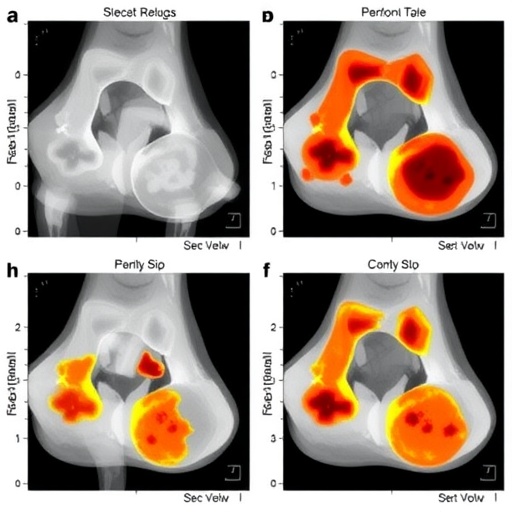Traditional biofuel research has focused on improving the oil content of seeds. One reason for this focus is because oil production in seeds occurs naturally. Little research, however, has been done to examine the oil production of leaves and stems, as plants don’t typically store lipids in these tissues.
Christoph Benning, MSU professor of biochemistry and molecular biology, led a collaborative effort with colleagues from the Great Lakes Bioenergy Research Center. The team’s efforts resulted in a significant early step toward producing better plants for biofuels.
“Many researchers are trying to enhance plants’ energy density, and this is another way of approaching it,” Benning said. “It’s a proof-of-concept that could be used to boost plants’ oil production for biofuel use as well as improve the nutrition levels of animal feed.”
Benning and his colleagues began by identifying five genes from one-celled green algae. From the five, they identified one that, when inserted into Arabidopsis thaliana, successfully boosted oil levels in the plant’s leaf tissue.
To confirm that the improved plants were more nutritious and contained more energy, the research team fed them to caterpillar larvae. The larvae that were fed oily leaves from the enhanced plants gained more weight than worms that ate regular leaves.
For the next phase of the research, Benning and his colleagues will work to enhance oil production in grasses and algae that have economic value. The benefits of this research are worth pursuing, Benning said.
“If oil can be extracted from leaves, stems and seeds, the potential energy capacity of plants may double,” he said. “Further, if algae can be engineered to continuously produce high levels of oil, rather than only when they are under stress, they can become a viable alternative to traditional agricultural crops.”
Moreover, algae can be grown on poor agricultural land – a big plus in the food vs. fuel debate, he added.
“These basic research findings are significant in advancing the engineering of oil-producing plants,” said Kenneth Keegstra, GLBRC scientific director and MSU University Distinguished Professor of biochemistry and molecular biology. “They will help write a new chapter on the development of production schemes that will enhance the quantity, quality and profitability of both traditional and nontraditional crops.”
Additional MSU researchers and GLBRC members contributing to the study include Gregg Howe, biochemistry and molecular biology professor; John Olhrogge, University Distinguished Professor of plant biology; and Gavin Reid, biochemistry and molecular biology associate professor.
Source: Michigan State University





